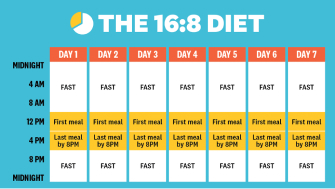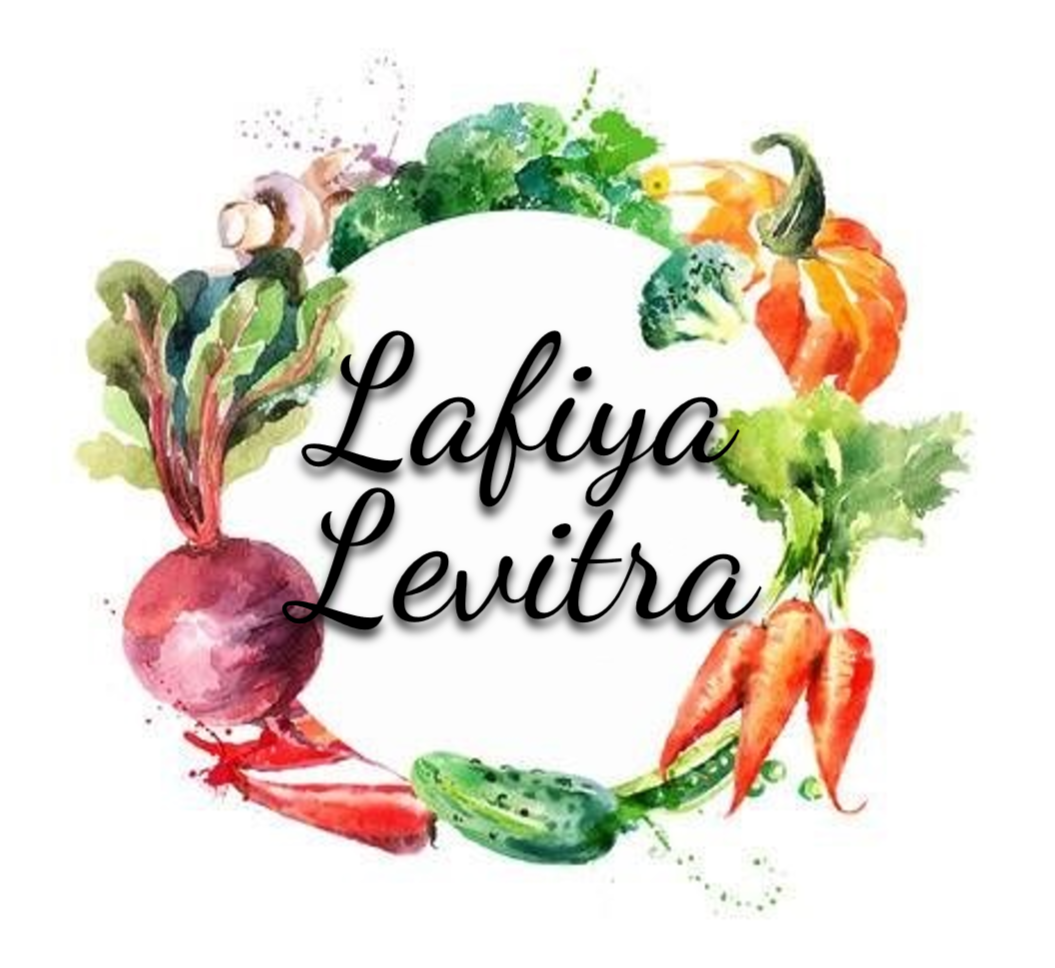What is Flexitarian Diet?
The flexitarian diet plan is one that combines the best of a vegetarian diet along with very moderate meat consumption. For those that are on the fence about going all in on becoming a vegetarian, being flexitarian offers the best of both worlds.
There are a host of reasons to consider adopting a flexitarian lifestyle. Whether you want more plant-based foods in your diet, are looking to lose weight, have a lower risk of heart disease, or just eat healthier overall, there are ways to make the flexitarian diet work for you.
The Flexitarian Diet helps to improve your diet without rigid rules and restrictions simply by adding more plant-based foods and eliminating the bad stuff.
Flexitarian is a marriage of the two words “flexible” and “vegetarian.” The Vegetarian Diet eliminates meat and sometimes other animal foods. The Flexitarian Diet is a semi-vegetarian style of eating that encourages more plant-based meals while including meat and other animal products in moderation.
Flexitarian Principles
The flexitarian diet is designed to be more flexible than traditional vegetarian and vegan diets and is based on the following principles:
- Eat mostly fruits, vegetables, legumes, and whole grains
- Focus on plant-based protein over animal
- Incorporate animal-based products from time to time
- Eat the least amount of processed foods as possible
- Limit added sugars
Easy To Follow
The Flexitarian Diet does not have a strict set of rules or guidelines and is considered more of a lifestyle than a diet. This means there are no counting calories or even monitoring your meat consumption unless you feel you need to.
Anyone who eats a typical American diet that's heavier on highly processed foods, refined sugar, and unhealthy fats may find there's a bit of an adjustment phase, but aside from limiting animal products and welcoming more plant-based foods into your life, there really isn't a lot of rules you need to follow.
Flexitarian Vs Mediterranean Diet
The Meditteranean Diet has been popular for a while now but has recently been all the buzz of headlines as being named one of the healthiest diets. It ranked right at the top, along with the DASH Diet for high blood pressure and the flexitarian diet. The Mediterranean diet and the flexitarian meal plan have a lot in common, but they are not exactly the same.
Both diets focus on eating healthier and include foods like whole grains, healthy fats (olive oil, fatty fish, avocado), and lots of nutrient-dense plant-based foods. Where the two diets diverge is with meat consumption.
The Mediterranean diet encourages moderate amounts of high-quality meat. This is mostly chicken, fish, and seafood. Red meat is one of those things that you might only eat on a special occasion, if at all, on the Meditteranean Diet. Flexitarian is a bit different because it's a dietary lifestyle that asks you to reduce your meat intake even further.
With the flexitarian dietary approach, animal products are consumed very sparingly. You might follow a vegetarian, or even a vegan diet, 70-80% of the time, but then have a day here and there where you eat meat and other animal products in small portions. The mainstays of your healthy diet include loads of nutrient-dense foods, like healthy plant proteins, fruits, vegetables, nuts, legumes, and whole grains.
Benefits
Semi-vegetarian diets, like being a flexitarian, offer several health benefits. What a dietary lifestyle such as this does, is it eliminates unhealthy foods from your diet and replaces them with nutrient-dense foods that work to nourish, heal, and protect the body on many levels.
Being a flexitarian isn't a guarantee that you'll lose weight. After all, there are no counting calories or adhering to rigid rules. However, people who eat mostly plant-based foods do tend to have a lower body mass index than those who eat animal products and processed packaged foods as a regular part of their diet.
Lower Boday Mass Index
The reason why many people lose weight on a semi-vegetarian diet is caloric density. Plant foods are less calorically dense than animal-based foods, which means you can consume a larger quantity of food and still end up taking in fewer calories. Even the more calorically dense plant foods, like baked sweet potato, contain more nutrition and fewer calories than a similar-sized portion of animal protein or junk food. Plus, sweet potatoes are satisfying and filling — unless, of course, you just don't like them.
Either way, weight loss seems to happen without much thought with plant-based diets. Keep in mind that a plant-based diet and a vegetarian diet aren't the same things. While you can focus mainly on plant foods, being vegetarian opens the door to consuming vegetarian-friendly “junk” foods, which is something that's off the table with a flexitarian lifestyle.
Reduced Risk of Type 2 Diabetes
Plant-based diets are associated with a lower risk of developing type 2 diabetes. And while we're not here to make claims that any diet is the answer to your health concerns, there are people who claim that following the flexitarian lifestyle has enabled them to make the dietary and lifestyle choices that made it possible to get their diabetes under control.
Being overweight is a risk factor for diabetes, and being a flexitarian can help with weight loss. The flexitarian plan also focuses on less unhealthy fats and replaces them with good fats instead.
Reduced Risk of Heart Disease
Heart disease is a major health issue today, and while for some, there are genetic influences at play, it's mostly diet and lifestyle that factors into whether you're at risk for heart disease and high blood pressure.
Fiber, healthy fats, and gut health are all important factors, and the flexitarian diet contributes to a healthier lifestyle on all of these levels.
Affordable
You might not think it at first, but the flexitarian plan can be more affordable than the typical American diet. It's true sometimes it feels as though eating healthy foods costs more than cheap, processed foods, but it is possible to eat this way on a budget and save money while you're doing it — especially if you plan ahead and have a solid meal plan in place.
Environmentally Friendly
Eating plant-based foods is environmentally friendly, whether you follow a vegan diet or lean more towards flexitarian. Plant-based proteins produce overall fewer greenhouse gas emissions when compared to eating animal products in an equivalent amount.
Less Rigid Than Vegetarian & Vegan Diets
If you’re someone who doesn’t want to follow a dietary lifestyle that requires you to give up an entire food group, then you'll appreciate the flexibility that flexitarian offers. You don't eliminate animal products. Instead, you focus on consuming less meat, dairy, milk, and other animal-based foods.
Foods to Eat
Non-Starchy Vegetables
- Spinach
- Kale
- Cauliflower
- Broccoli
- Asparagus
- Peppers
- Beets
- Collard Greens
- Zucchini
- Tomatoes
- Ginger
Milk Alternatives
- Almond Milk
- Coconut Milk
- Oat Milk
In Moderation
- Eggs
- Poultry
- Fish
- Meat
- Dairy
Protein
- Soybeans
- Tofu
- Tempeh
- Legumes
- Lentils
- Seeds
Fruits
- Passion Fruit
- Strawberries
- Star Fruit
- Tangeries
- Cantaloupe
- Blueberries
- Blackberries
- Apples
- Oranges
- Lemon/Lime Juice
The Flexitarian Diet encourages a variety of food groups consumed in moderation.
Foods to Limit
Being a flexitarian is relatively easy, especially compared to other dietary lifestyles like keto and other types of diets where you eliminate an entire food group. Flexitarian is all about flexibility, hence the name, but most importantly, it's about living a healthy lifestyle.
Sugars
- Maple Syrup
- Honey
- Agave Nectar
- Splenda
- Equal
- NutraSweet
- Xylitol
- Stevia
Starchy Vegetables
- Potatoes
- Turnips
Processed Foods
- Deli Meats
- Candy
- Bread
- Alcohol
- Refined Carbs
- Fried Foods
Who is This Diet a Good Fit For?
The Flexitarian Diet will work well for anyone seeking to improve their health without rigid dieting rules. The flexible nature of this diet allows individuals to include a variety of foods without feeling overly restrictive.
Who Shouldn't Adopt a Flexitarian Lifestyle?
The flexitarian diet is well-suited for most people, but if you have any underlying health conditions, it's always best to discuss a new dietary approach with a healthcare provider who is knowledgeable about your medical history.
People who eat animal products daily may find it challenging to reduce their consumption. It's important to be in the right mindset and embrace flexitarian as a way of life, not just another diet trend.
People who have trouble digesting plant-based proteins might find that this lifestyle isn't suited for them. Also, if you are diabetic or at risk of developing anemia, know that you may have to make adjustments to your flexitarian plant-based dietary patterns to make it work for you.
Recipes
- Tempeh "Chicken" Salad
- Thai Spaghetti Squash with Peanut Sauce
- Falafel Salad with Lemon-Tahini Dressing
- Creamy Fettuccine with Brussels Sprouts & Mushrooms
- Jackfruit Barbacoa Burrito Bowls
- Vegan Shepherd's Pie
- Crispy Gnocchi Pasta with Tomatoes & Leeks
- Sweet Potato & Black Bean Chili
- Beefless Vegan Tacos
- Slow-Cooker Mediterranean Stew
For Images:
Was this article helpful?
Similar Articles


